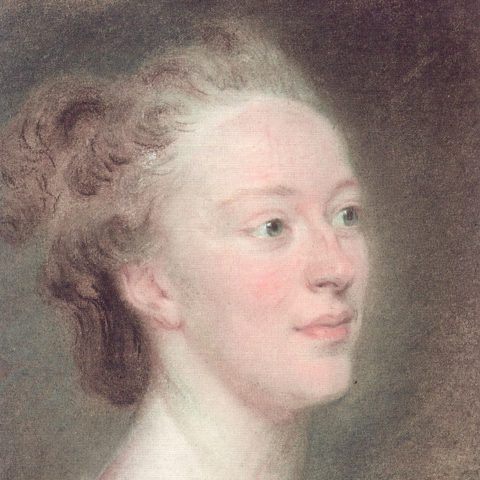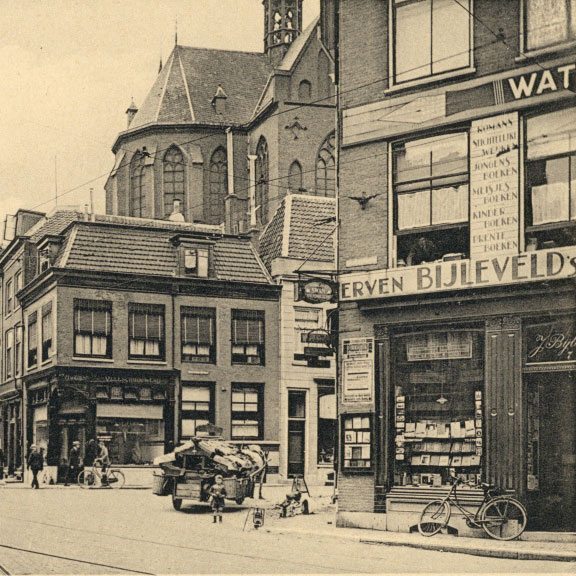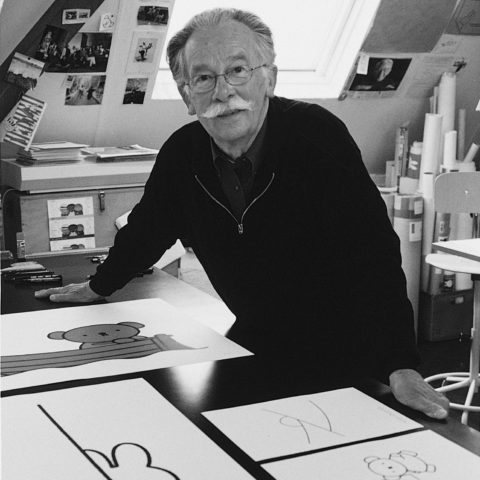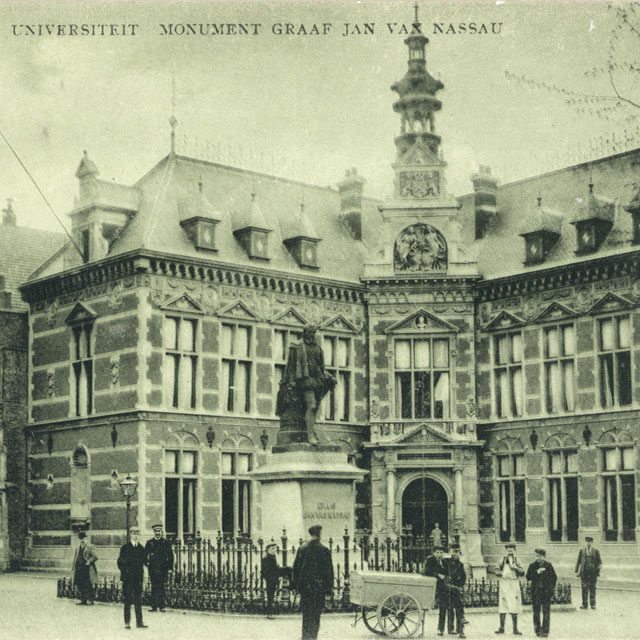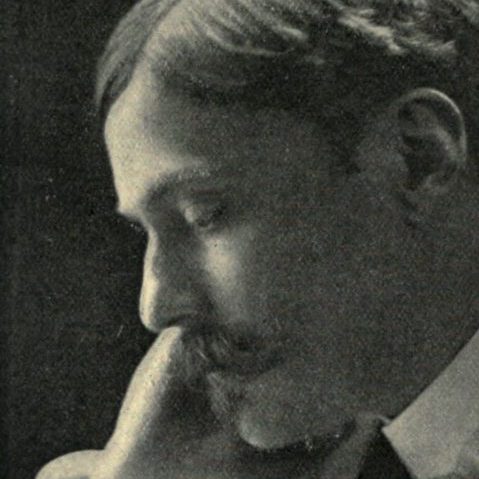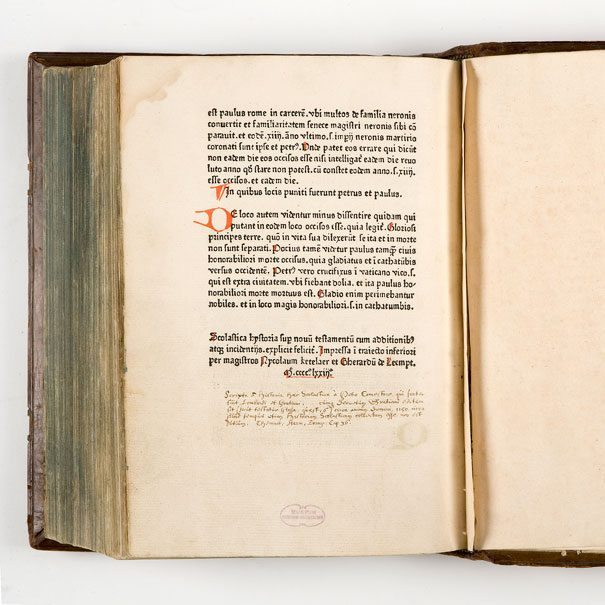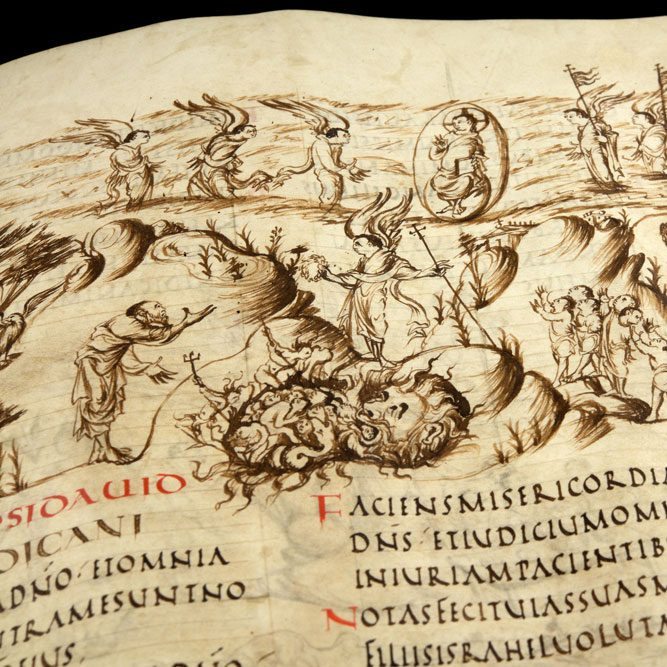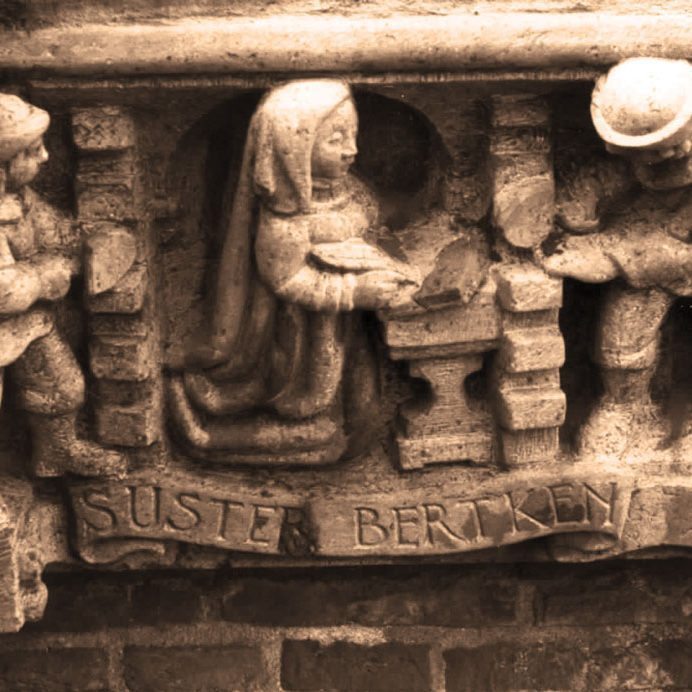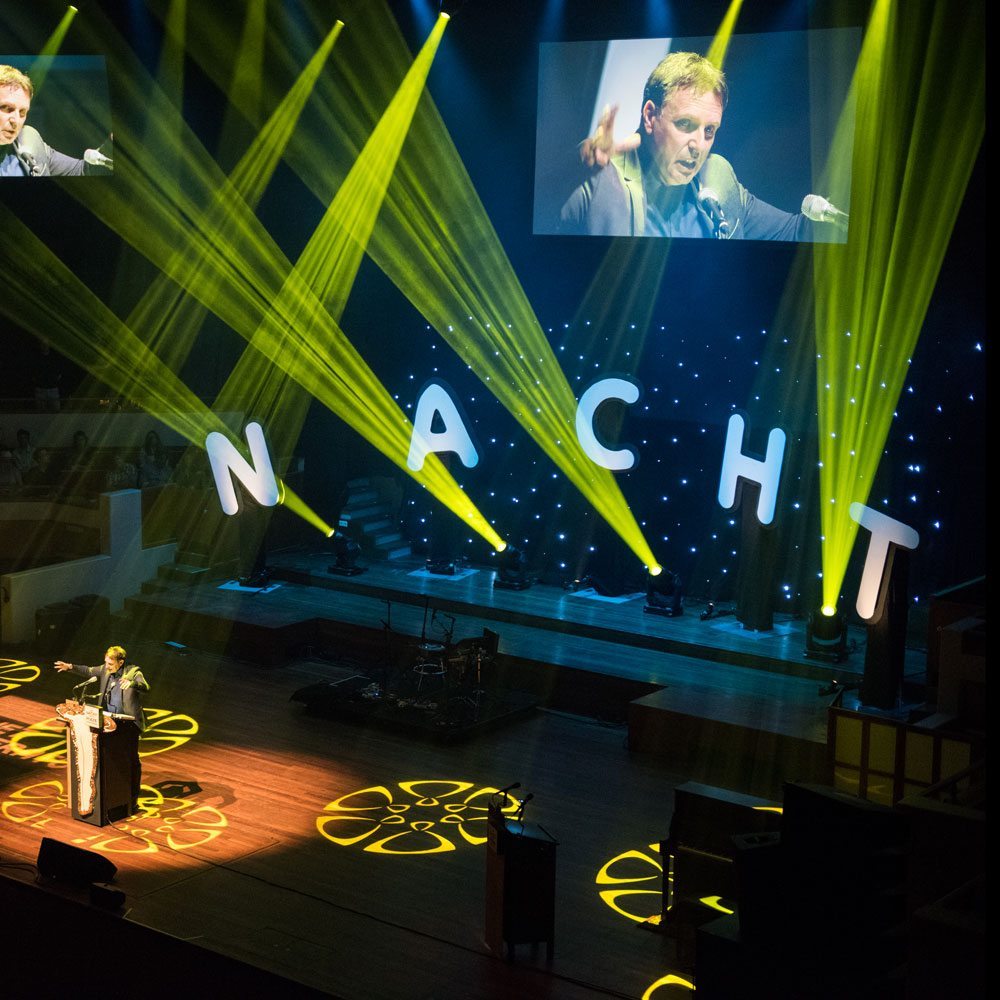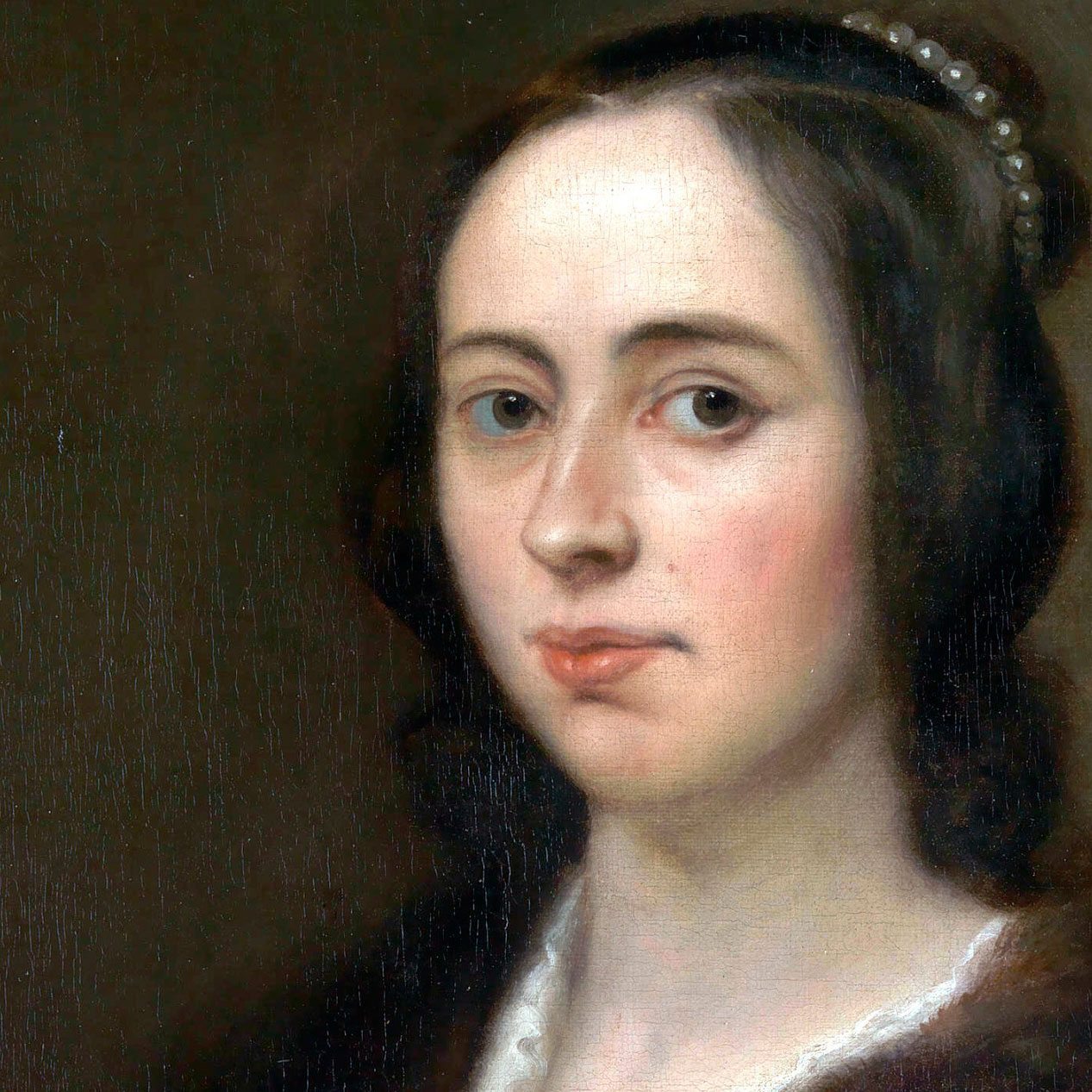Belle van Zuylen
‘Better than Voltaire’
Belle van Zuylen, née Isabelle van Tuyll van Serooskerken, was born in a noble family and grew up in Utrecht, on the river Vecht. She lived in Slot Zuylen (Zuylen Castle) till she was thirty-one, except for winters, when the family resided in a house by the canal on the Kromme Nieuwegracht. She was educated at home by Swiss, French-speaking governesses and tutors. Her parents encouraged her to take classes in English, Latin, Italian, music, physics, maths and religion. This partly explains why she was better educated than most women – and most men – in her time.
At twenty-two (1762) Van Zuylen anonymously published her first novel, Le Noble (The Nobleman). She rejected a marriage proposal by James Boswell (1740-1795), who had travelled to Utrecht to study Law. This future biographer of Dr. Samuel Johnson tried to court Van Zuylen, and he did not want her to have contact with other men without his explicit consent. For the female author this was unacceptable, since she was keeping up extensive correspondence with men such as Pierre-Alexandre du Peyrou and Benjamin Constant. Van Zuylen declared that she had ‘no talent for subordination’. This famous quote now figures on a plaque on the bridge over the river Vecht, in memory of Belle van Zuylen, who regularly crossed this point travelling between Utrecht and Slot Zuylen.
In his letters, it is clear that Constant thought Van Zuylen’s writing surpassed that of Voltaire. In 1777, Van Zuylen and Voltaire eventually met each other, and both expressed their mutual appreciation. Madame de Staël, a feminist avant la lettre, was also part of Van Zuylen’s literary friends. From 1789-1790, at request of Pierre-Alexandre du Peyrou, Van Zuylen contributed to the ‘correct publication’ of the second part of Rousseau’s Confessions, whom she greatly admired. Between 1978 and 1985, Geert van Oorschot (re)published all works by Belle van Zuylen. According to the publisher, Belle was ‘the greatest Dutch female author in history’. Apart from French, her work was also published in Dutch, English and German.
The Belle van Zuylen Association is committed to keeping alive the intellectual legacy of one of Utrecht’s most important writers, for example by organizing the annual ‘Belle Day’ at Slot Zuylen. Since 2005, Utrecht University and the House of Literature have sporadically been hosting “Belle van Zuylen lectures.” In the spirit of Van Zuylen, leading littérateurs such as Nelleke Noordervliet, Hans Magnus Enzensberger, Jeanette Winterson, Azar Nafisi, Michel Faber and György Konrád have discussed subjects at the interface of literature and society.
Site Belle van Zuylen Genootschap
Site van Slot Zuylen
Portret Belle van Zuylen © Maurice Quentin de la Tour (1704-1788) / Musée d’Art et d’Histoire, Geneva, Switzerland
Dick Bruna / Nijntje
Utrecht’s Homegrown Superstar
It is indisputable: Miffy is a worldwide icon in children’s literature. The Utrecht-based writer and illustrator Dick Bruna sold over eighty-five million copies of his books about the famous little rabbit. No other Dutch book or series has taught so many children all over the world to read, and still does to this day. At the Rijksmuseum in Amsterdam and the Central Museum in in Utrecht, scholars have linked Bruna’s work to that of the famed Dutch artists Mondrian and Rietveld, both also from Utrecht.
His first Miffy book was published in 1955, a story about a little girl rabbit. More than thirty books would follow over the years. The book’s clear, colourful illustrations were accompanied by rhymes, just as clear and simple, in which Bruna recounted the adventures of his heroine. Bruna did not shy away from the changing spirit of the age. After one reading session in a multicultural classroom, he decided to give Miffy a black friend. In Dear Grandma Bunny (1996) Miffy’s grandmother dies, thereby introducing children to death and loss. Bruna: ‘Parents didn’t know how to explain that to their children. I have tried to be as honest as I could. Plain and direct. Showing that grandma has stopped breathing, showing that she disappears into a coffin. I have never wanted to create happy endings.’
Over the years, the Miffy books have been translated into more than fifty languages. From the mega-shopping malls of Tokyo to the Topshop in Oxford Circus; Miffy is everywhere. The graphic icon is one of the largest export products of the Netherlands and ends up in places that even the other large export product, Heineken, will never reach. In February 2016 the Miffy Museum (nijntje museum) has opened its doors in Utrecht, a museum designed just for children, from two to six years old. Within the first two months of opening, the museum had already attracted 50,000 visitors. In Taiwan an entire city park near New Taipei City is devoted just to Miffy, with twenty large statues and a gigantic image of Miffy adorning a grassy hill as its biggest attractions.
“In his stories, which are almost haiku-like in their four-line rhyming scheme, Bruna has tried to keep up with the times in his books, tackling more complicated issues, including race, disability and even death.” – The Guardian
Move Over, Mondrian: It’s Miffy’s Turn
– The New York Times
Official site of nijntje
Visite het nijntje museum
Foto: Dick Bruna byFerry André de la Porte © copyright Mercis bv
Maarten Maartens
International fame
In 1889, Maarten Maartens (1858-1915) wrote the first Dutch detective novel that achieved international fame: The Black Box Murder. Since then, he has become one of the most successful Dutch authors in the English-speaking world of all time.
He studied and obtained his doctorate at Utrecht University, was married to Anna van Vollenhoven from Utrecht (the couple were joined in matrimony by the poet Nicolaas Beets) and lived the last thirty years of his life on a rural estate (in Doorn, a town just outside Utrecht, now carrying his name.
Maartens was read and discussed by literary greats like Leo Tolstoy, Virginia Woolf, Thomas Hardy and George Bernhard Shaw. ‘The way in which you have lifted the veil inch by inch in revealing the lives of the chief characters shows in my opinion real art’, wrote Hardy in a letter to Maartens about his novel Harmen Pols, peasant.
In The Times Literary Supplement, Woolf remarked about Maartens’ novel The New Religion that it was written ‘with considerable vivacity’, while Shaw described the novel as ‘a scathing and quite justifiable exposure of medical practice’.
Maartens was particularly popular in the United Kingdom, which he regularly visited. He was actively involved in the literary world, was on friendly terms with many British writers and also corresponded with them. Among his best friends were the publisher George Bentley and the authors James Barrie and Edmund Gosse.
In 1905, Maartens received an honorary doctorate at the University of Aberdeen, together with Thomas Hardy. With his daughter Ada, he visited the United States in 1907 where he delivered a speech in the Carnegie Museum of Art in Pittsburgh and spoke at the Peace Congress in New York. He was even received by president Theodore Roosevelt at the White House.
Maarten’s death in 1915 was mentioned by all British and American papers, including the New York Times, that wrote: ‘Mr. Maartens was said to have been one of the few authors since the time of Thackeray who “turned upon snobbery of every kind a copious and fierce stream of scornful satire”’.
Photo Maarten Maartens, Hayman Seleg Mendelssohn, circa 1895
Utrechts Psalter
Literary masterpiece from the Middle Ages
Utrecht University is the proud owner of the Utrecht Psalter, created around 830 in or nearby Reims, eventually arriving in Utrecht via many journeys. A Psalter is a songbook used by Christians and Jews in their prayers and at their services. The illustration’s surrealistic and dynamic style was something completely new. The drawings are sometimes reminiscent of the work by Jeroen Bosch. The style and illustrations were to be imitated in France and England for centuries to follow. The book was a true trendsetter. The Utrecht Psalter is considered a masterpiece of Carolingian manuscript art. It was added to the UNESCO World Heritage List in 2015.
Find more information and animations on www.utrechtspsalter.nl about the content of the Psalter and its remarkable journey. The complete Utrecht Psalter can be viewed online here.
Foto Utrechts Psalter © Museum Catharijneconvent
Largest poetry festival in the Netherlands
Dutch Poetry Night
In 1980, the music centre Vredenburg organised its first annual Dutch Poetry Night, a more than eight hour long event in the Great Hall. Here, about twenty poets perform, alternated with musical intermezzos, for an audience of around two thousand. Hugo Claus, Rugter Kopland, Antjie Krog, Hans Faverey, Gerrit Kouwenaar, Cees Buddingh’, Lucebert; the entire Pantheon of Dutch poetry once stood upon that stage in Utrecht. ‘The Night’, as the event is called among devotees, has grown into iconic status in the literary performing arts. Apart from the pre-eminent Dutch poets, the festival, during its thirty-four editions, also welcomed world-famous music stars, such as the flamenco singer Enrique Morente, fado diva Mariza, pop singer Danya Kurts, the celebrated Rufus Wainwright and the legendary Juliette Gréco. In addition to the carefully selected combination of poetry and music, the location plays a substantial role in the Night’s success. As Piet Piryns, host and programmer once said: ‘In a way, the hall, designed by the architect Herman Hertzberger, is the main character in the Dutch Poetry Night.’ Because of the octangular shape, the audience sits around the stage; as if they are embracing the poets. The Flemish poet Tom Lanoye confirms the strength of the hall: ‘What is so special about Vredenburg, is that you can have eye contact with people sitting in the highest seats. The steep rows create an intimacy that even surpasses smaller halls, despite the two thousand visitors that fit into it. I want to be able to see the audience, hear them, feel them, smell them if I must, and be able to look them in the eye.’ Furthermore, people can easily walk in and out because there are twenty-one different exits. In the corridors around the hall you can find a book market, snacks and drinks for sale, and perhaps even the opportunity to have your collection of poems signed.
‘Poets; those used to be the kind of people you wanted to get out of your house before half past ten. The Dutch Poetry Night has contributed to turning poets from misfits and eccentrics to welcome guests at parties and evenings. One knows that, if well-balanced, you can have a wonderful night with poets, with all sorts of peak experiences.’
– Gerrit Komrij, Former Poet Laureate of the Netherlands
Find more information on nachtvandepoezie.nl
Watch the aftermovie of the 32nd Dutch Poetry Night (in Dutch with English subtitles)
Photo Dutch Poetry Night 2016: Anna van Kooij
The oldest bookshop
150 years Bijleveld
In 1865, J. Bijleveld took over the second hand bookshop and bindery from J. Herfkens at Janskerkhof 7. The shop has kept the same name ever since, making Bijleveld the oldest, fully independent bookshop in the Netherlands. In May 1935 Virginia Woolf visited Utrecht and was pleasantly surprised by the variety on offer in the bookshop opposite her hotel. The collection was remarkably internationally oriented, she wrote in her diary:
‘Immense profusion of highly civilized shops – flower shops, shoes, bicycles, books, everything the more solidly placed wealthy but not frivolous citizen can eat or wear or use: shining spick & span. English, French, German books equal to Dutch.’
Apart from being a bookshop, Bijleveld is also a publisher. The poems, sermons and orations by minister and professor of religious history Nicolaas Beets, belong to its first publications. In the Netherlands Nicolaas Beets is best known for writing one the most famous works of nineteenth century literature: the Camera Obscura (1839). In 1929 the publisher was the first to release a translation of Im Westen Nichts Neues (All Quiet on the Western Front) by Erich Maria Remarque outside of Germany. During the second half of the twentieth century, Bijleveld published the work of authors such as Martin Buber, Jean-Paul Sartre, Simone de Beauvoir, Erich Fromm, Simone Weil, Carl Rogers, Roger Scruton and Christoph Wolff.
Find more information on the bookshop and publisher Bijleveld.
Photo bookshop Bijleveld © Weenenk en snel / collection Het Utrechts Archief / 623
Utrecht University
Best university in the Netherlands
In 2016, Utrecht University (UU), founded in 1636, ranked the highest among Dutch universities on the prestigious Academic Ranking of World Universities for the fourteenth year in a row. The UU has the most Nobel Prize winners (twelve) and the largest Faculty of Humanities in the Netherlands (6000 students and 591 FTE university teachers). The faculty is divided into four domains of knowledge: Philosophy and Religion Studies, History and Art History, Media and Culture Studies and Languages, Literature and Communication. These domains form the four departments of the faculty, housed in monumental buildings around the historic centre of Utrecht. René Descartes, John Locke and James Boswell are among the internationally renowned professors who have taught at the faculty of arts.
Even today, various researchers at the UU are active as writers, such as poet and professor of Modern Dutch Literature Geert Buelens, America expert Maarten van Rossem and poet and professor Esther Jansma. Furthermore, the university regularly invites writers as visiting lecturers, for example within its annual writer-in-residence programme, organised by the Centre for the Humanities. Writer-in-residence of 2016 was the American author, journalist and critic Renata Adler, who followed in the footsteps of the French novelist Thomas Clerc (2015), the Irish poet Nuala Ní Dhomhnail (2014), the Scottish author Michel Faber (2011), the Dutch author and columnist Bas Heijne (2010) and the Italian writer Claudio Magris (2009).
“Professionally, my residency in Utrecht was one of the highlights of my career, as I loved writing & delivering the lectures I composed especially for you, and very much valued my interactions with the creative writing group and the lovely welcome I received from the university staff. Moreover Utrecht itself is possibly my favourite Dutch city.”
– Michel Faber (Writer In Residence 2011)
Website Utrecht University
Website Faculty of Humanities
Website Centre for the Humanities
View on the academy building © collectie Het Utrechts Archief / 275
First printed book in the Netherlands
The Historia scholastica of 1473
The invention of the printing press by Johannes Gutenberg around 1450 allowed an enormous increase in distribution of books. During the first phase, there were only two cities outside Germany and Italy where the art of printing was practiced: Paris and Utrecht. In the 1470s the Utrecht printers Nicolaas Ketelaer and Gerard de Leempt made around thirty-three copies, including the first dated printed book in the Northern Netherlands in 1473: the Historia scholastica by Petrus Comestor (ca 1100-1179). In this work, the French theologian not only recounts the historical books of the Bible, but also explains them and incorporates them into a universal history by adding a variety of historic and geographical information. The Historia scholastica soon became a standard work and formed the basis of one of the most valuable Middle Dutch books: Jacob van Maerlants Rijmbijbel (1271). Many manuscripts of this book have survived, including the one with the most glorious illustrations from the hand of the Utrecht ‘book illuminator’ Michiel van der Borch. In 1322, he graced the Rijmbijbel with no less than 64 miniatures.
Both Van Maerlants Rijmbijbel illuminated by Van der Borch and the first printed copy in the Netherlands of the Historia scholastica from 1473 are no longer in Utrecht, but in the Meermanno Museum in The Hague.
More information on the Museum Meermanno website
Take a look at the colophon of the Historia scholastica that was printed in Utrecht on historiek.net
Photo Historia Scholastica by Petrus Comestor 1473 © Den Haag, Museum Meermanno | Huis van het boek [001 C 52]
Suster Bertken
Unique female literary voice
Bertha Jacobs was a nun who, from the age of thirty, lived in a narrow cell against the Buurkerk in Utrecht. Bertken was the illegitimate daughter of Jacob van Lichtenberg, a provost of the chapter of the Pieterskerk in Utrecht. As a penance for the sin of her father, she locked herself in a cell of 3.75 by 4 metres. She lived in that cell for fifty-seven years, meditating, weaving, writing and listening to church services. She always had a listening ear or a bit of advice for people passing by. Bertken wrote two books, making her one of the few women securing a place in the Middle Dutch literary canon. Upon her death at eighty-seven, she was buried in her cell. A memorial stone in the pavement of the Choorstraat in Utrecht still marks the place, ironically now lying in front of a bridal shop.
Read more about the forgotten grave of Suster Bertken (in Dutch).
In 2014, The House of Literature republished the poems by Suster Bertken, accompanied by texts from contemporary poets who were inspired by her work: click here for more information
Suster Bertken © Fotodienst GAU / collectie Het Utrechts Archief / 55318
Anna Maria van Schurman
First female university student of Europe
Anna Maria van Schurman owes her entry in the academic world to her dissertation on women’s aptitude for science and literature. She excelled in studying foreign languages and was active as a poet, humanist, linguist, theologian, artist and entomologist. She lived most of her life in Utrecht. A plaque on a building behind the Dom cathedral still reminds us of this. She corresponded with and was visited by literary and academic greats such as René Descartes, Jacob Cats, Anna Roemers Visscher, Daniël Heinsius, Caspar Barlaeus and Constantijn Huygens. Van Schurman wrote poems in various languages, including French, Dutch and Hebrew. She also wrote an ode to the University of Utrecht, in which she encouraged women to study, and the famous ‘Oh Utrecht, dearest city, how could I ever forget you’ – a poem that first appeared in a letter written to a friend.
Read more about van Schurman’s life and work on the website of the Huygens Institute.
